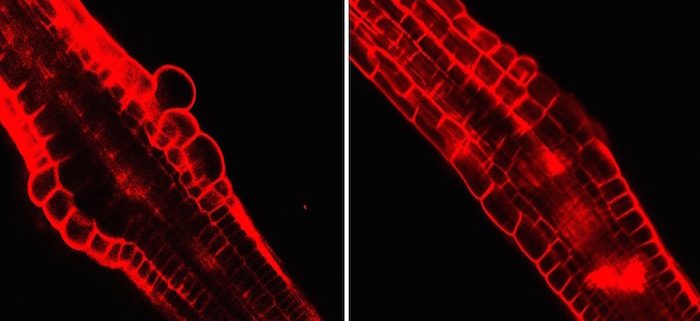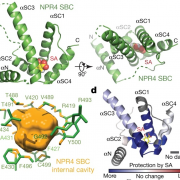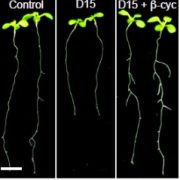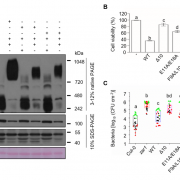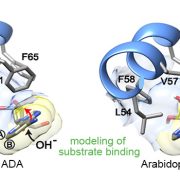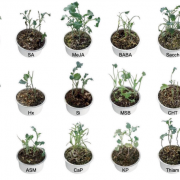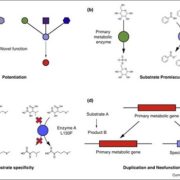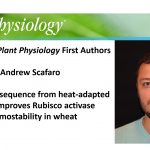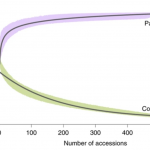Immunity-growth Trade-off in Plants
Jing et al. reveal how danger-associated peptides inhibit root growth in plants in response to pathogen attack. Plant Cell (2018) https://doi.org/10.1105/tpc.18.00145.
Background: Plants defend themselves against pathogens and pests through an innate immune system that is activated by pathogen-associated and damage/danger-associated signals. Immunity often occurs at the expense of growth inhibition, as exemplified by the effect of plant elicitor peptides (Peps). These endogenous danger-associated molecules enhance innate immunity while at the same time inhibiting root growth. While much effort has focused on understanding Pep-triggered immunity, little is known about the mechanism of Pep-induced growth inhibition.
Question: We hypothesized that Pep signals inhibit growth via crosstalk with phytohormone signaling. Using the inhibitory effect of Peps on root growth as a model system, we examined wild type and mutant Arabidopsis thaliana plants lacking Pep receptors or components in different phytohormone signaling pathways.
Findings: Pep-PEPR (receptor-like kinase) signaling induces strong cell swelling and premature differentiation of the root transition zone to inhibit root growth. Interestingly, treatment with exogenous auxins can induce similar root growth inhibition in plants. In addition, Pep-PEPR signaling alters the abundance and distribution of auxin efflux carriers PIN2 and PIN3, leading to altered local auxin accumulation in the root transition zone and inhibiting root growth. These findings increase our understanding of the molecular mechanisms underlying the “immunity-growth trade-off” in plants.
Next steps: Our current study raises the possibility that peptide signals and traditional plant hormones undergo extensive crosstalk in the regulation of plant growth and development. However, the detailed mechanism underlying how Pep signals alter auxin transport and thus growth responses remains unclear. Future work will be directed at identifying components that link Pep-PEPR signal transduction to auxin distribution and responses in plants.
Jing Y., Zheng X., Zhang D., Shen N., Wang Y., Yang L., Fu A., Shi J., Zhao F., Lan W., and Luan S. (2019). Danger-Associated Peptides Intersect with PIN-Dependent Local Auxin Distribution to Inhibit Root Growth in Arabidopsis. Plant Cell 31: xx. https://doi.org/10.1105/tpc.18.00757
Key words: signaling and responses, chemical inhibitor, endomembrane trafficking, ARF GEFs


